Customers in India find it challenging to choose a self priming water pump because there are so many brands for buy from, including DC House, N.C., Dreyo, Youngtree, and IEIK, each of which come with the best price. Following thorough research, we have chosen the top 18 self-priming electric water pumps and have created a shopping guide to assist you in making the right decision. We looked into and compared a variety of the best self-priming electric water pumps available on the market ,with prices ranging from $14.00 to $129.00, to create our list of the top self-priming electric water pumps.
Our top pick was the DC HOUSE Electric Water Pump. Continue reading for the remainder of the fantastic choices and our buying guide, which contains all the details you require to make an informed decision. DC House 33 Series Black 3.3GPM 45PSI Self Priming Water Pump with Power Plug 115V AC Voltage Water Pressure Pump Superior Performance – When in operation, self-priming up to 9.8 vertical feet allows for simple lifting to 98 feet. It operates worry-free, is thermally secure, and can run dry without damage. The diaphragm self priming pump 115V AC standard wall outlet with pre-installed power plug, 3.3GPM (12.5 liters per minute), 45PSI (3.1 bar), 3 chambers, positive displacement. Demand Pressure Switch: This faucet includes an automated pressure switch that turns on as soon as the faucet is turned on. As you would at home, use water! Simple to setup and operate It is a terrific deal for you and a useful item for home use, camping, and water transportation. A 4-year warranty on every DC House water pumps is offered as part of their outstanding customer service commitment. If for any reason you are not satisfied, kindly get in touch with us right away via the order.
Electric water pump with a diaphragm for irrigation; large flow pump 10.6 GPM The pump can self-prime, has a powerful self-prime, has an adjustable pressure range, and can adapt to various situations. You may utilize [Operating System]: IBC delivery systems for AW pumps are not simply intended for stability. Ensure that the liquid the pump is pumping is clear and devoid of solids, particles, and contaminants. Please take note that contaminants must be present in the liquid being evacuated in order to prevent the pump’s lifespan from being impacted. [Applications]: Mainly used for garden watering and spraying, automobile washing, faucets, showers, agricultural irrigation, and transportation of non-flammable liquids. [Safety alert]: When the pump is not functioning, the green button ought to be turned off. The power plug is already present, but the jet pump lacks a pressure switch. For optimal use, adapter leakage during installation should be minimized. 4 plastic adapters are available. Take advantage of the six-month warranty. The product is ultimately our responsibility. Tip: Before leaving the manufacturer, each of our pumps are tested and examined. It is typical to still have water present. Specify your inquiries.
Self Priming Pump
Due to the fact that our self priming pump models are not as widely utilized as regular centrifugal pumps or submersible pumps and are less well known when specifying pumps, self-priming centrifugal pumps are frequently disregarded. People who are not properly taught or who do not fully grasp how to use them in pumping applications risk misusing them. A self priming pump is what? Similar to other centrifugal pumps, self-priming pumps have an outer casing that “seals” the inner pump or valve. The pump is prepared for use after the casing has been filled with fluid (often the same fluid is pushed). A low pressure area develops in the impeller’s eye as it rotates within the cage. Due to the lower pressure than atmospheric pressure, all the air in the suction line is forced into the pump when the water is forced up the suction pipe by atmospheric pressure. Air is added to the recirculating water in the bag by the self-priming pump. Air and liquid are separated, and the air is ejected from the bag. The pump is turned on and begins to supply flow just like any other centrifugal pump once all the air in the suction line has been displaced. The place where you used it. Within their hydraulic restrictions, self-priming centrifugal pump can be used in every application that normal centrifugal pumps are used in. Self-priming centrifugal pumps are capable of handling applications including water, oil, sewage or “gray water,” raw sewage, industrial wastewater, and sewage effectively. Self-priming pumps can provide the safest and most economical pump solutions, provided they are used within their hydraulic limits and are manufactured according to the necessary specifications for their intended application.
 Electric-centrifugal-water-pump
Electric-centrifugal-water-pump
Why do people use self-priming pumps? Self-priming pumps require less infrastructure to set up because they are located above the fluid source [often at ground level]. Additionally, because they are situated at ground level, they are simple to maintain and fix. The wet well is particularly safe for the operators because there are no mechanical equipment inside of it, therefore there is no need to open the wet well covers or use a hoist or crane [as with submersible pump]. There are choices available. A self-priming pump installation guide First, the appropriate kind of pump needs to be chosen for the job. The right-sized pump must then be selected for head and flow. The next step is to do an NPSH calculation to confirm that the pump speed is fast enough for the pump speed and that there is adequate ambient pressure to support the given flow. The choice of suction line size is crucial. It should be both big enough to handle the intended flow and tiny enough to minimize starting time. Long suction lines should be avoided whenever possible, but if there is no other option, keeping them partially full throughout the first cycle will be beneficial. What are the self-priming pumps’ limitations? The maximum suction lift for self-priming centrifugal pumps is approximately 7.6 meters. It is false to state that a suction lift of 8.0 or even 8.5 meters is feasible. Although some pumps in Australia [such the Gorman rope pump] can produce a vacuum greater than this amount. they were not physically used on these lifts because of the pump’s NPSH restrictions, fluid temperature, and friction losses in the vacuum line.  Additionally, a pump is limited to around 300 liters per second. True self-priming pumps also have difficulty operating at heads greater than 90 meters. Myths surrounding the use of self-priming pumps The following are some false beliefs concerning self-priming pumps:
Additionally, a pump is limited to around 300 liters per second. True self-priming pumps also have difficulty operating at heads greater than 90 meters. Myths surrounding the use of self-priming pumps The following are some false beliefs concerning self-priming pumps:
- Following each pumping cycle, self-priming pumps need to be re-primed with water. With “assured reprimers” like Gorman-Super Rupp’s T, Super U, and Ultra V, this is not the case. These pumps retain a lot of fluid in their bags and only require a single charge. Whenever pumping is required, keeps waiting to restart.
- Self-priming pumps don’t work well. A self-priming pump’s hydraulic efficiency is often lower than that of a regular centrifugal pump or submersible pump.
If engineers don’t think past this, self-priming pumps won’t be employed, and property owners will be responsible for large infrastructure costs and/or ongoing pump maintenance for the duration of the building. However, as many engineers and property owners have found, adopting a hydraulically efficient pump can save money, but infrastructure and maintenance costs can sometimes be far higher.
- The cost of self-priming pumps is high. It is accurate to say that self-priming pumps cost more than typical centrifugal pumps and convertible jet pump . This is due to the increased amount of machinery, parts, and materials. This needs to be compared to the capital cost reductions, accessibility, and maintenance convenience that a self-priming pump offers.
Additionally, some self-priming pumps cost more than others. Then the evidence must be evaluated. Purchasing a pump designed and made by a business that has been making pumps for more than 80 years might be seen as an investment in dependability. Pumps manufactured by companies attempting to copy market leaders will invariably fall short of market leaders’ criteria for efficiency, quality, repeatability, and reliability, and customers may well attribute this to price. 
Best Water Pump for Buy with Price
In towns and villages, water is a resource that is becoming more and scarcer. Water is used in a wide range of sectors in addition to being used domestically for drinking and cooking. Groundwater is the primary source of water for most urban and rural regions. As a result, water pump types are needed to buy with a fair price all year round and in various Indian regions. Let’s look at some of the most popular residential water pumps and crucial factors to take into account before purchasing. Understanding why you want to buy a water pump is crucial when making your selection. Some of the important factors you should consider when purchasing an agricultural pump include flow rate, inlet size, motor, maximum head and pressure, and vertical suction lift. Best water pumps in India for household use:
- HP Havells Hi-Flo MX2 Series Centrifugal Water Pump.
One of the best-selling residential water pump producers in the nation is Havells. The business also produces a variety of residential circuit protection tools and solutions. Water pumps from the Havells Hi-Flo MX2 series are recognized for their dependable performance, and cutting-edge technology is at the core of the product design. This 0.5 horsepower centrifugal water pump is propelled by a very effective motor.  To provide a comprehensive water pumping solution for household and industrial application, it is outfitted with both horizontal and vertical pumps. Havel water pumps are effective at raising water and are perfect for gardening as well as a number of industrial applications. They come with a one-year warranty.
To provide a comprehensive water pumping solution for household and industrial application, it is outfitted with both horizontal and vertical pumps. Havel water pumps are effective at raising water and are perfect for gardening as well as a number of industrial applications. They come with a one-year warranty.
- Kirloskar 40S Mini Water Pump
Kirloskar micro water pumps are portable and are employed in home settings. utilized to irrigate plants and lawns as well. These water pumps offer the best flow rates in their class. A big water tank can usually be filled in 40 minutes or less using the Kirloskar 40S micro water pump. Kurloskar water pumps are made using only the highest quality aluminum. These pumps are able to resist voltage swings between 180 and 240 volts. They can pump up to 500 liters of water each hour. Kirloskar micro water pumps have a 1 horsepower energy rating and are single phase pumps. Due to their simplicity of operation, small weight, and overheating protection, these water pumps are popular for home use.
- 0.5 HP SP Aqua gold 50 Water Pump by Crompton: Crompton 0.5 HP Aquagold water pumps are cost-effective and well-liked for their longevity, superior functionality, and durability. The stainless steel shafts used to construct these pumps. Brass impellers are standard on Crompton water pumps, which are renowned for their quiet operation.
The Crompton 0.5HP Aqua gold water pumps have a 0.37 kW power rating and a 350-1500 LPM discharge rate. Crompton water pumps are well-liked because they are reasonably priced and well-built.
- The Kirloskar Kosi-135 5 Star HP Openwell Submersible Pump
For building, community water supply, and agricultural irrigation, Kirloskar Kosi -135 5 star HP openwell submersible water pumps are perfect. These water pumps have a power rating of 0.37 to 1.5 kW and a voltage range of 160 to 240 volts (single phase) (0.5 to 2 hp). These irrigation water pump is small, light, and well-made. A flow of 132 liters per minute is present. 
Self Priming Water Pump in India
Any hydraulic device that increases the overall mechanical energy of a fluid –in India- typically water—is referred to as a self priming pump. Water pumps are crucial in today’s society because they help the system move both hot and cold water. Hospitals, schools, houses, and numerous commercial establishments are some of the locations where you are most likely to see a water pump. But there are a few things to take into account when purchasing a water pump. What aspects need to be taken into account while purchasing a water pump? You must take into account a lot of aspects, just like when purchasing any other product, in order to choose the one that is best for you. Five things to think about when looking for the best water pump are listed below: Stream rate This often represents the water pump’s efficiency. The time it takes a water pump to move a specific volume of water is referred to as flow rate, and it is often expressed in liters per minute. You should purchase a water pump with a pumping capacity of more than 2500 liters per minute if you use it for farms or workplaces. On the other hand, any family can use a pump with a flow rate of between 100 and 200 liters per minute. Size of entry The interior diameter of most pumps ranges from 1 to 6 inches, however it can be larger in specific circumstances. Similar to reciprocating submersible electric pump , centrifugal water pumps gather water from the inlet and release it through the outlet valve.  In this instance, the internal valve’s size is greater, allowing it to pump more water and operating more quickly. Maximum pressure and head The greatest height over which a water pump can move water is referred to as the maximum head of the pump. For instance, if you purchase a water pump with a maximum head of 60 meters, trying to pump water over that level will result in nil flow. Generally speaking, the sort of pump you select should have the highest head capacity you intend to use to pump water through. Pump performance Examine the marks on the water pump as a starting point. The quality of the pump can also be determined by the engine or motor. Determine the standard for the water pump by conducting the appropriate research and surveys. Water pumping method Another aspect to take into account is the type of water you are pumping. Fire pumps are not the same as transfer pumps. Sewage pumps and chemical pumps are other types of pumps. It’s crucial to take into account a few variables while looking for a water pump to make sure you purchase a functional item. These variables include the water pump’s quality, the sort of water it will pump, its flow rate, its maximum head, and the size of its inlet valve.
In this instance, the internal valve’s size is greater, allowing it to pump more water and operating more quickly. Maximum pressure and head The greatest height over which a water pump can move water is referred to as the maximum head of the pump. For instance, if you purchase a water pump with a maximum head of 60 meters, trying to pump water over that level will result in nil flow. Generally speaking, the sort of pump you select should have the highest head capacity you intend to use to pump water through. Pump performance Examine the marks on the water pump as a starting point. The quality of the pump can also be determined by the engine or motor. Determine the standard for the water pump by conducting the appropriate research and surveys. Water pumping method Another aspect to take into account is the type of water you are pumping. Fire pumps are not the same as transfer pumps. Sewage pumps and chemical pumps are other types of pumps. It’s crucial to take into account a few variables while looking for a water pump to make sure you purchase a functional item. These variables include the water pump’s quality, the sort of water it will pump, its flow rate, its maximum head, and the size of its inlet valve.



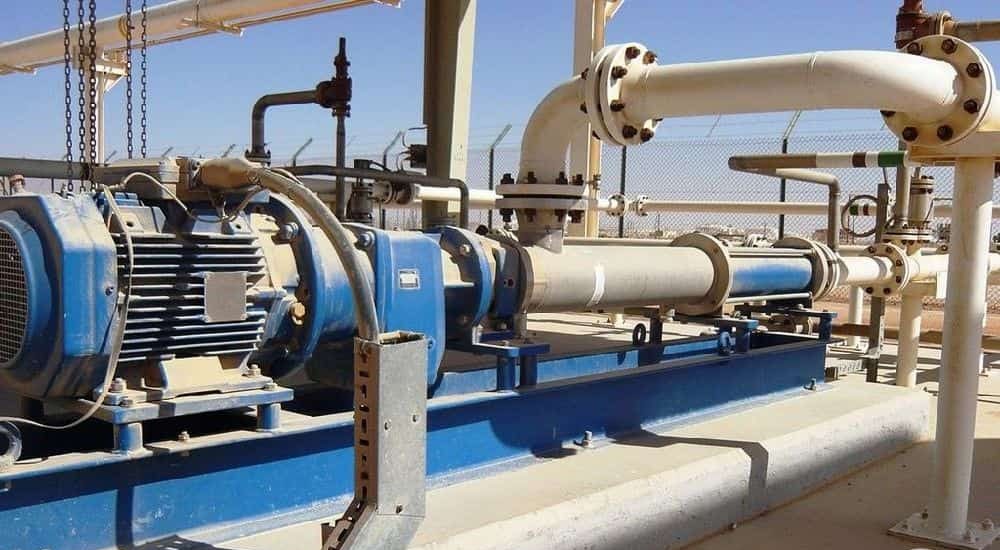
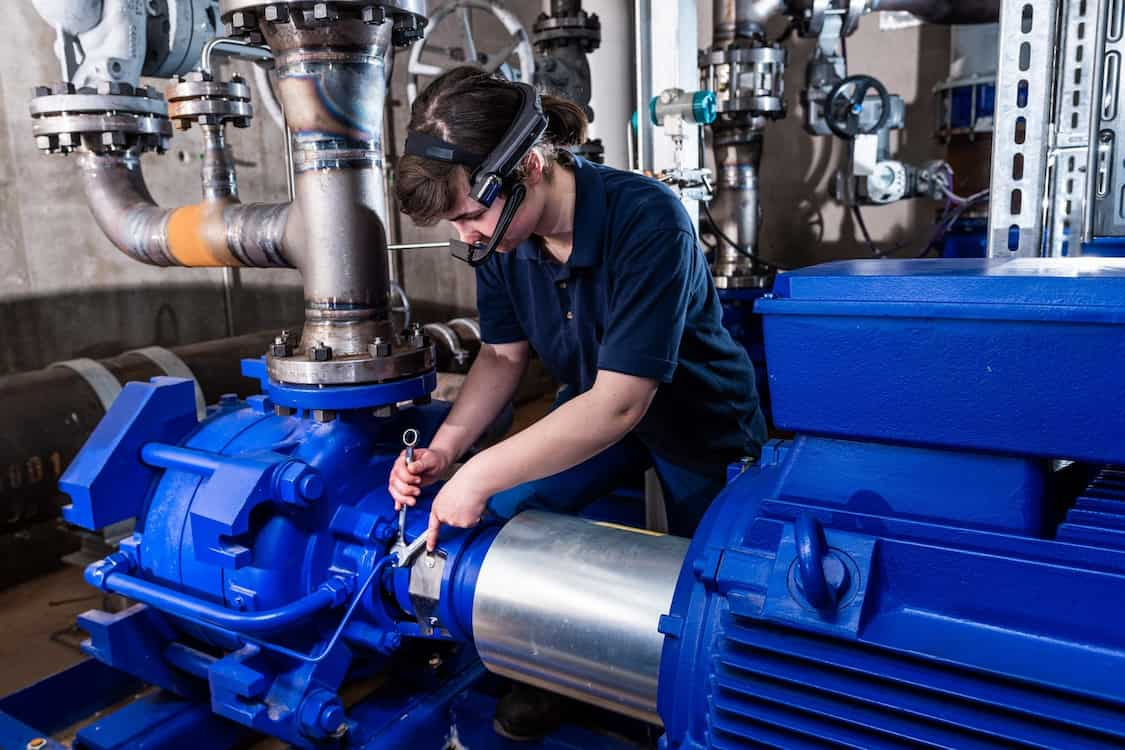
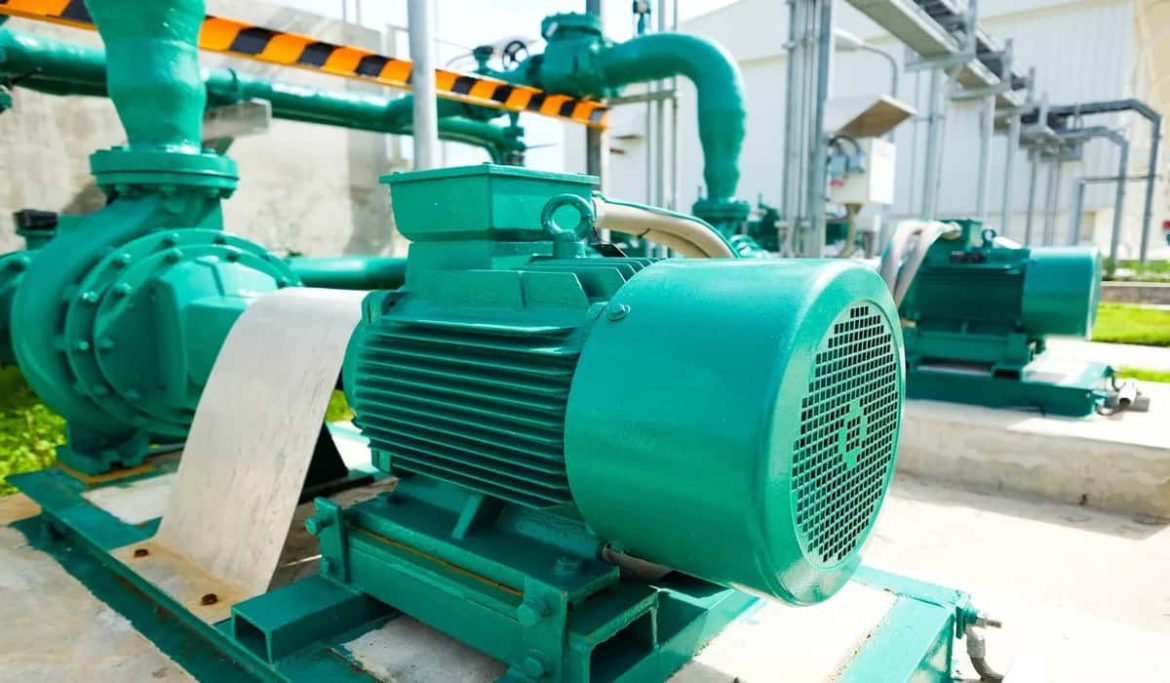
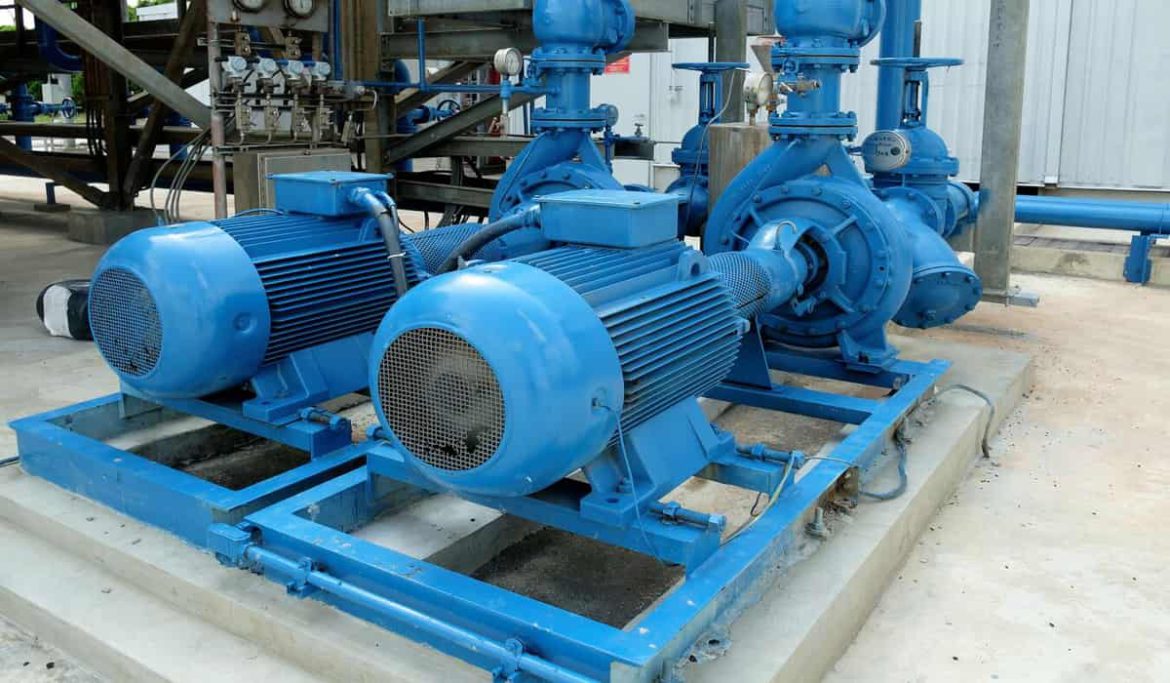
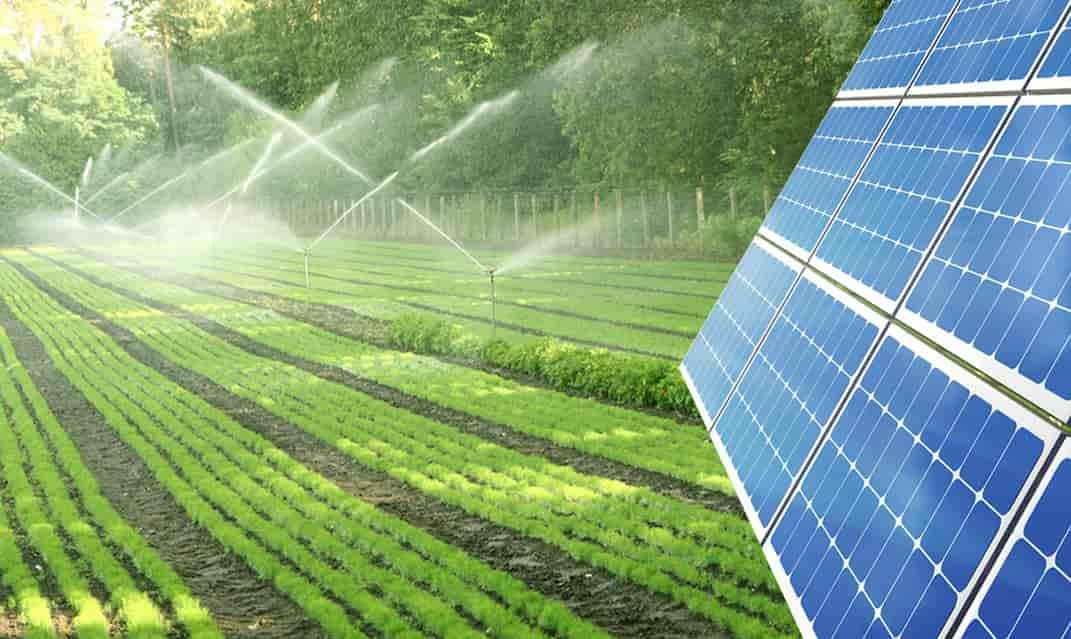
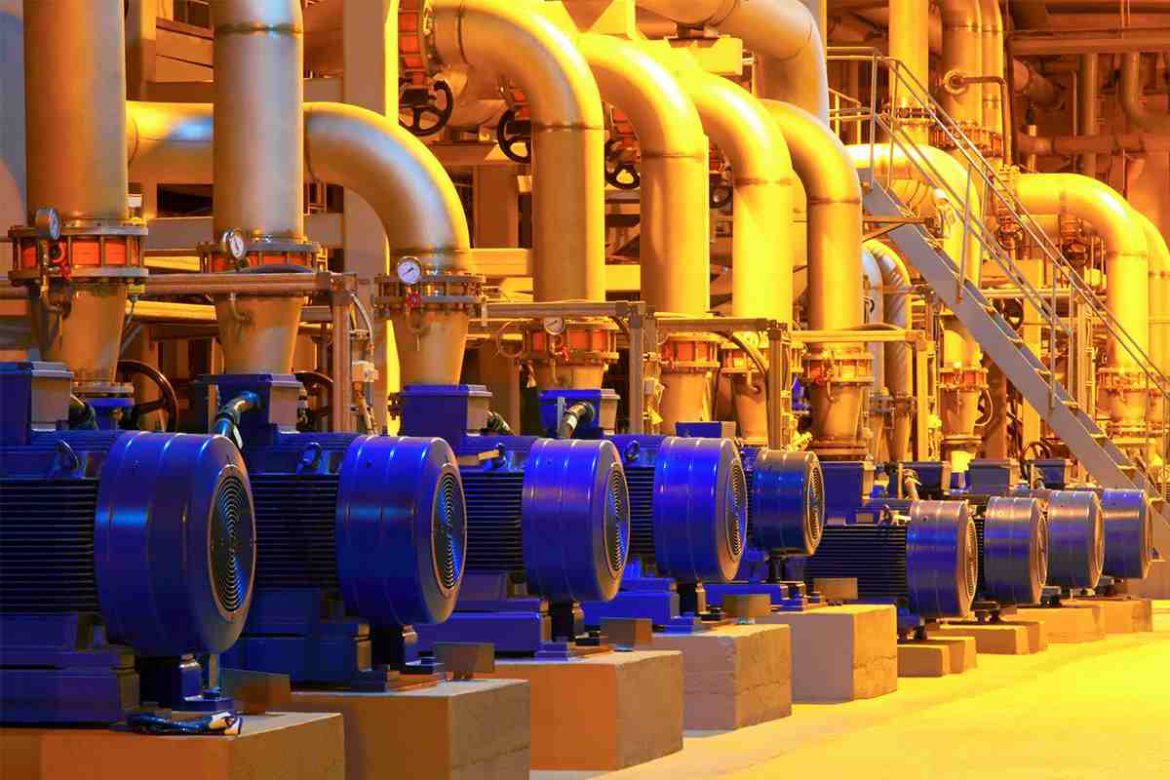
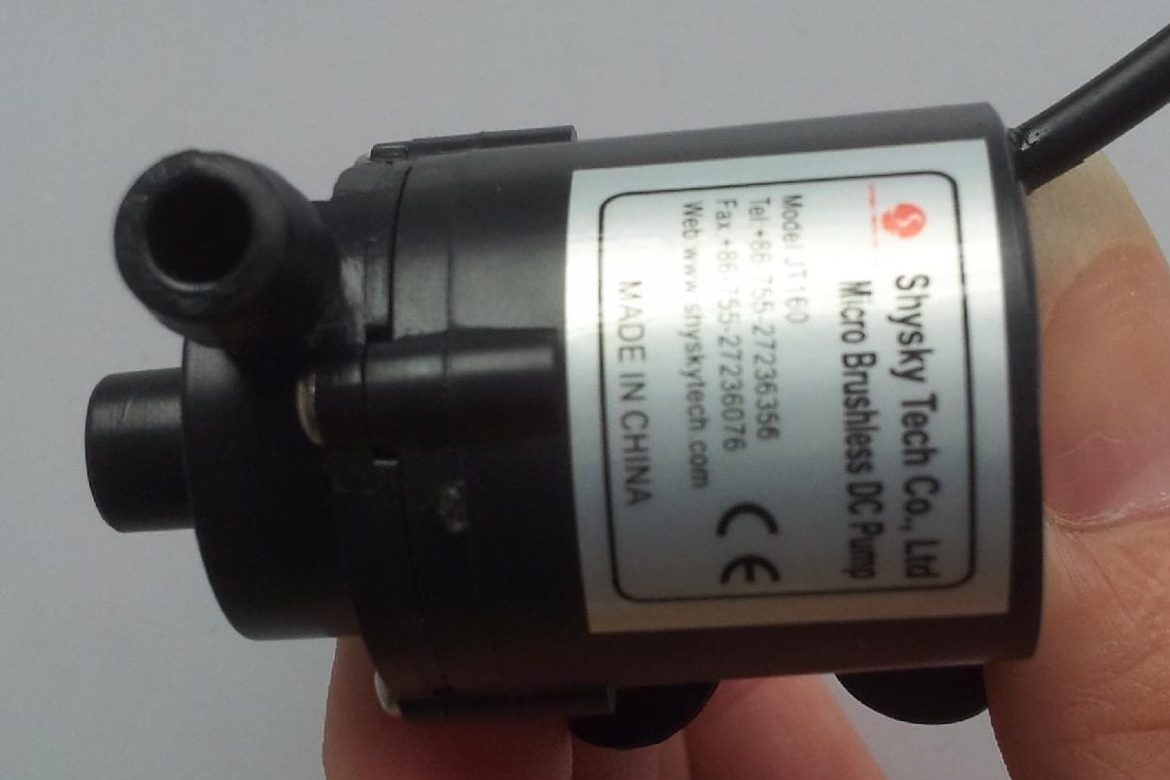
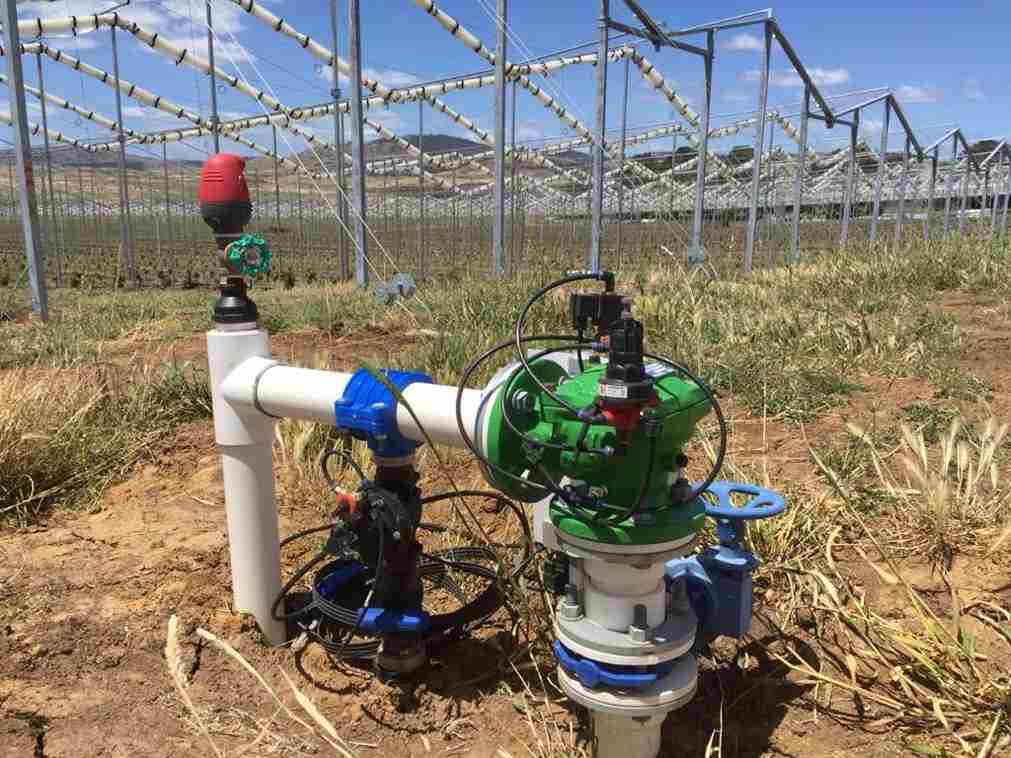
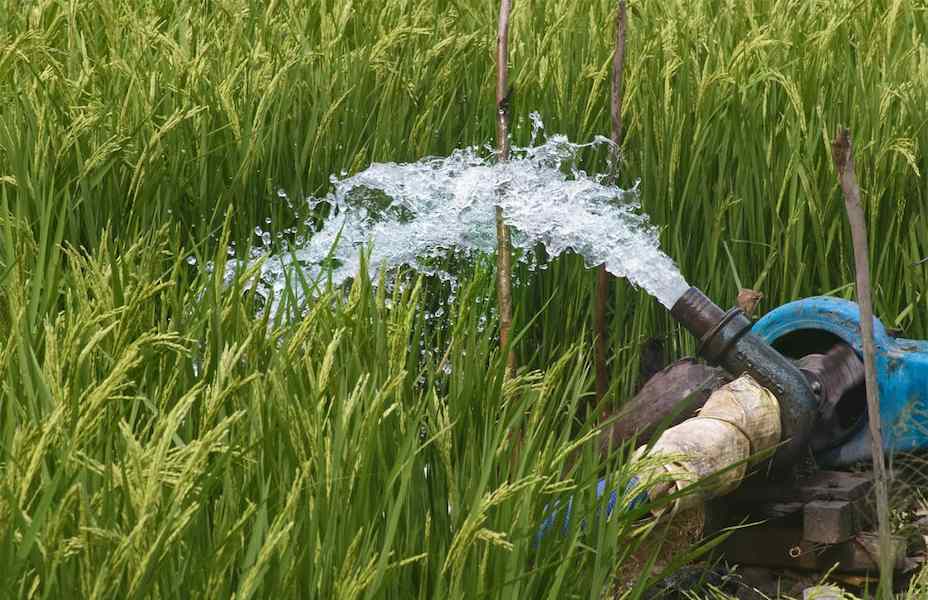
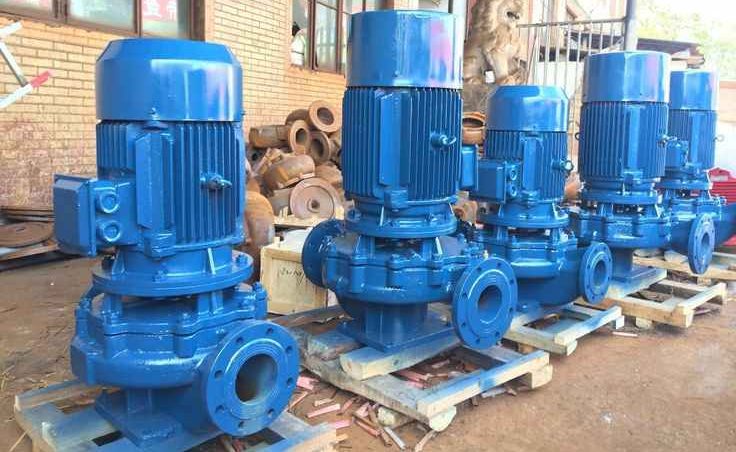
Your comment submitted.